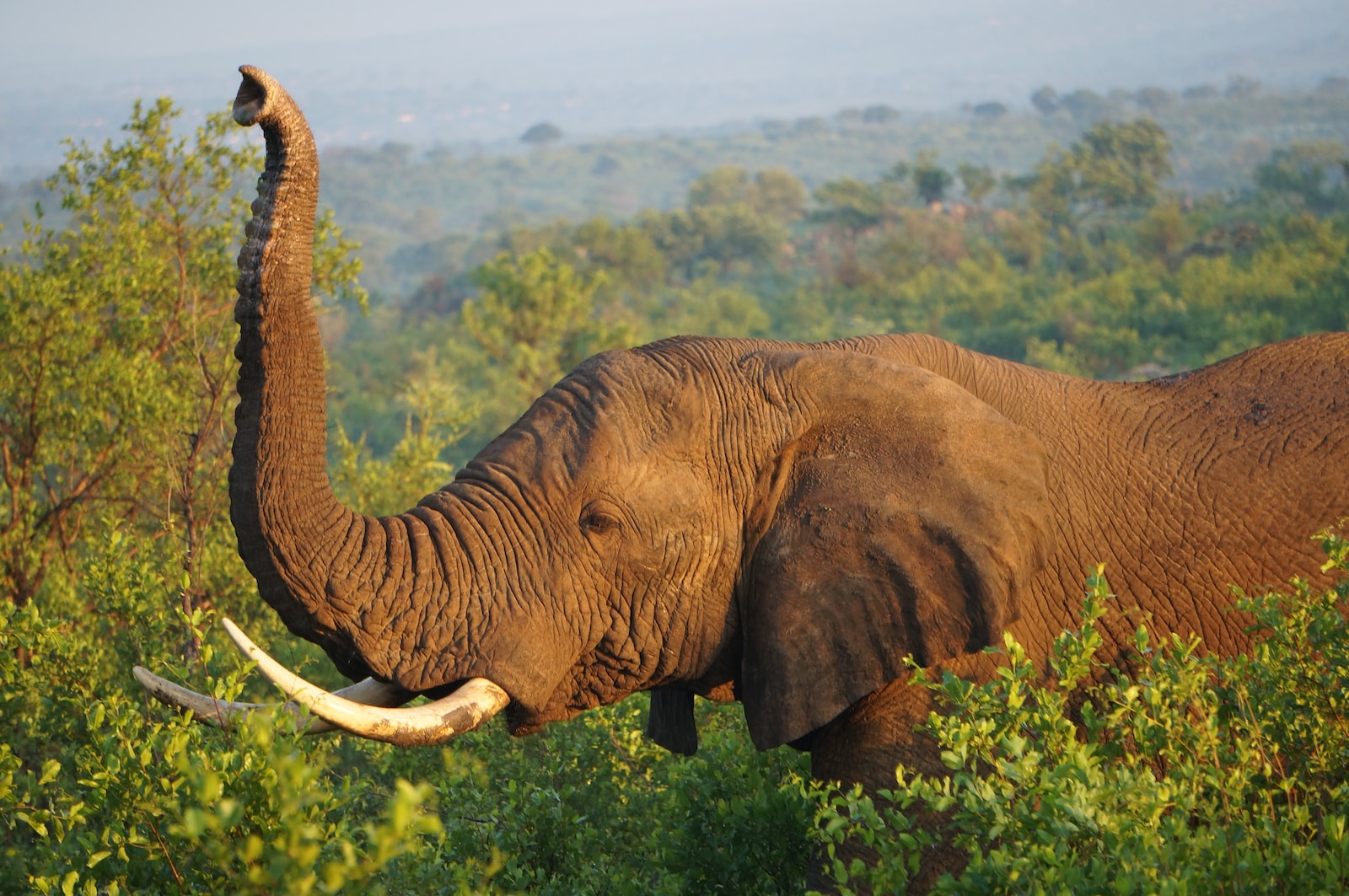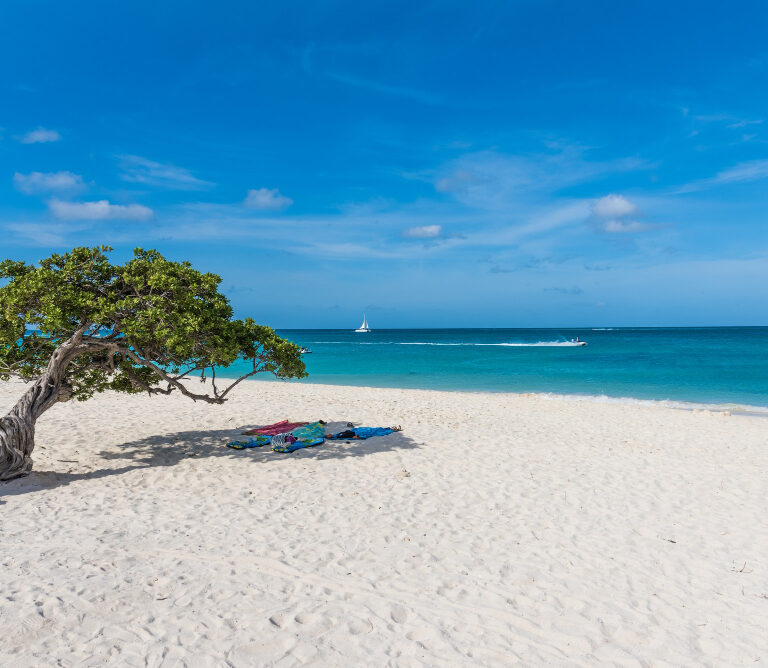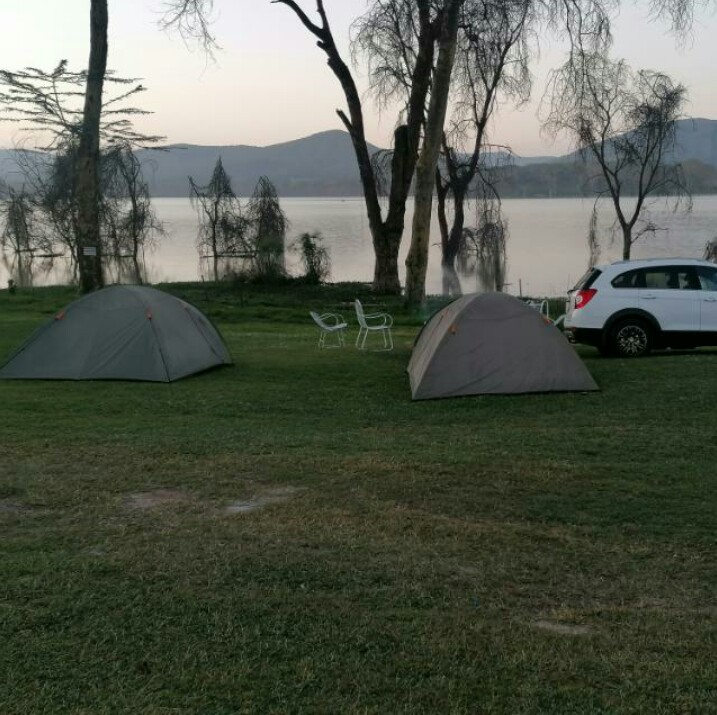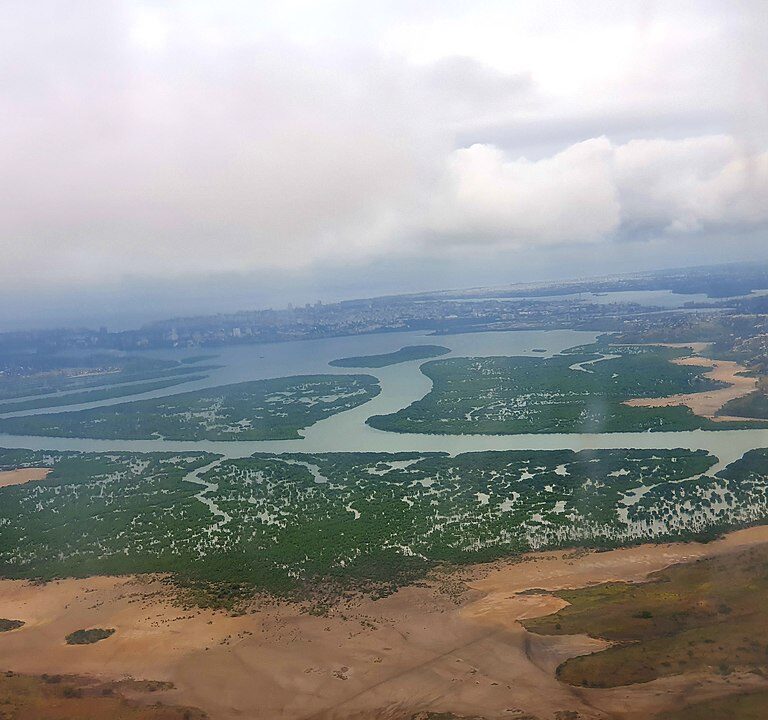The Mwaluganje Elephant Sanctuary in Kenya is a conservation area that was established to create a wildlife corridor for the movement of elephants between the Mwaluganje Forest Reserve to the north and the Shimba Hills National Reserve to the south. Measuring 60,000 acres, the sanctuary serves as an important migration route for elephants, allowing them to access different foliage areas within their natural habitat at different times of the year. The sanctuary is also an important water catchment area for wildlife and local communities. It supports threatened lowland coastal forests that contain a rich diversity of flora and fauna, including several rare and endemic species.
The establishment of the Mwaluganje Elephant Sanctuary responded to the increasing incidents of human-elephant conflict in the area. As elephant populations recovered and re-occupied their former ranges, they became closer contact with human communities, leading to conflicts over land and resources. The sanctuary was created to solve this problem and benefit community members through wildlife and habitat conservation.
History of the Mwaluganje Elephant Sanctuary
The Mwaluganje area has a long history of human-elephant conflict, with both species competing for access to the same land and resources. In the 1980s, the demand for ivory and elephant hair decimated the local elephant population, leading to conflicts between humans and elephants as the animals sought refuge in the Mwaluganje and Shimba Hills forests.
As farming activities intensified in the region, elephants began destroying crops. Farmers implemented various methods to try and keep the elephants out, including setting fires, making loud noises, and using bees and chili as repellents. However, these techniques were ineffective in resolving the conflict, and both humans and elephants were injured or killed in the ensuing clashes.
In response to this crisis, the Kenya Wildlife Service (KWS) proposed the creation of a migratory corridor between the Mwaluganje Forest Reserve and Shimba Hills National Reserve, which would provide a safe passageway for elephants to access important foliage areas within their natural domain. The proposal was met with some resistance from the local community, who were concerned about losing their land and the potential for further conflicts with the elephants.
However, through education and outreach efforts, the KWS gained the support of many community members and convinced them that the sanctuary was a viable solution to the problem. In 1994, the landowners registered a company to run the sanctuary, funds were raised to build a solar-powered fence, and homes within the sanctuary boundary were relocated outside the perimeter. Over the next few years, 300 families voluntarily contributed their land to the sanctuary, agreeing not to farm this significant elephant habitat.
The Role of the Mwaluganje Elephant Sanctuary in Conservation

The Mwaluganje Elephant Sanctuary is crucial in conserving elephant populations and their habitat in Kenya. Measuring 60,000 acres, the sanctuary is a migratory corridor for elephants between the Mwaluganje Forest Reserve to the north and the Shimba Hills National Reserve to the south. This allows elephants to access important foliage areas within their natural domain at different times of the year.
In addition to providing a safe space for elephants to roam, the Mwaluganje Elephant Sanctuary protects threatened lowland coastal forest and its rich diversity of flora and fauna, including several rare and endemic species. It is also an important water catchment area for wildlife and local communities.
Efforts to reduce human-elephant conflict are key to the sanctuary’s conservation mission. The sanctuary was created partly to address the high incidences of conflict arising from the area’s large population of humans and elephants. By providing a migratory corridor for elephants, the sanctuary helps to minimize encounters between humans and elephants and reduces the risk of injury or death for both parties.
The Mwaluganje Elephant Sanctuary also plays a role in education and outreach, educating local communities about elephant conservation’s importance and the need for coexistence with these majestic animals. This includes efforts to reduce activities that may contribute to conflict, such as illegal logging and farming within the sanctuary boundaries.
The Community-Based Approach of the Mwaluganje Elephant Sanctuary
The Mwaluganje Elephant Sanctuary is unique in its approach to conservation, as it not only aims to protect elephant populations and their habitat but also involves the local community in managing the sanctuary. This community-based approach is crucial for the sanctuary’s success, as it ensures the buy-in and support of the community, which traditionally relied on the land for its livelihood.
One of the key ways in which the community benefits from the Mwaluganje Elephant Sanctuary is through ecotourism. The sanctuary offers guided tours and activities such as elephant viewing, birdwatching, and cultural tours, which generate revenue for the community by employing local guides and providing services to tourists. This income helps compensate the community for losing their land and provides a sustainable source of income that does not rely on exploiting natural resources.
The Mwaluganje Elephant Sanctuary also works closely with the community to address the issues of human-elephant conflict, which has been a major problem in the area. Through education and awareness programs, the sanctuary aims to teach the community about the importance of coexisting with elephants and how to reduce negative interactions with them. This includes measures such as using elephant-proof fencing and planting crops that are less attractive to elephants.
The community-based approach of the Mwaluganje Elephant Sanctuary is crucial for the long-term sustainability of the sanctuary, as it ensures that the needs of both the elephants and the community are taken into account. The sanctuary can achieve its conservation and community development goals by working together and finding solutions that benefit both parties.
Challenges and Future Goals for the Mwaluganje Elephant Sanctuary
The Mwaluganje Elephant Sanctuary faces several challenges that hinder its sustainability and full development as a conservation and ecotourism enterprise. One major challenge is the limited financial resources to maintain such a large area. As a new ecotourism enterprise, the sanctuary still needs to generate more income to distribute to the community as compensation for losing their land.
Funds are needed to purchase and maintain a vehicle, hire well-trained staff, and pay them appropriately. The sanctuary also cannot currently afford to erect and maintain an electric fence, which would provide better protection from elephant incursions. Instead, it relies on a solar-powered fence that is only operational in the afternoon and at night and can be easily breached by resourceful elephants.
Another challenge the Mwaluganje Elephant Sanctuary faces is the ongoing issue of human-elephant conflict. Despite efforts to cohabitate on the land, elephants and people in the area continue to encounter each other, sometimes with tragic consequences. The sanctuary is working to educate the community about ways to reduce conflict and protect themselves when encountering elephants.
Despite these challenges, the Mwaluganje Elephant Sanctuary has some goals for the future. One important goal is to continue to expand the sanctuary and protect more land for the elephants. The sanctuary also aims to increase its income through ecotourism to provide more benefits to the local community. Finally, the sanctuary is working towards long-term sustainability by developing initiatives such as the Dung Paper Project, which turns elephant dung into paper products that can be sold locally and internationally.
Conclusion
The Mwaluganje Elephant Sanctuary in Kenya is vital in conserving elephant populations and their habitat. Established in response to increasing human-elephant conflict in the area, the sanctuary provides a migratory corridor for elephants to move between Mwaluganje Forest Reserve and Shimba Hills National Reserve and serves as a protective refuge for threatened lowland coastal forest and its diverse flora and fauna.
The establishment and management of the sanctuary have been a community-led effort, with local community members involved in the decision-making and management of the sanctuary. This approach has not only helped to ensure the success and sustainability of the sanctuary, but it has also provided economic benefits to the community through ecotourism.
However, the sanctuary faces many challenges, including limited financial resources and infrastructure limitations. Continued efforts are needed to reduce human-elephant conflict and educate the community about the importance of elephant conservation. The sanctuary also has expansion and long-term sustainability goals, including developing additional income-generating projects like the Dung Paper Project.
Overall, the Mwaluganje Elephant Sanctuary is a crucial example of the importance of community involvement in conservation efforts and the need for ongoing support and protection of elephant populations in Kenya.







